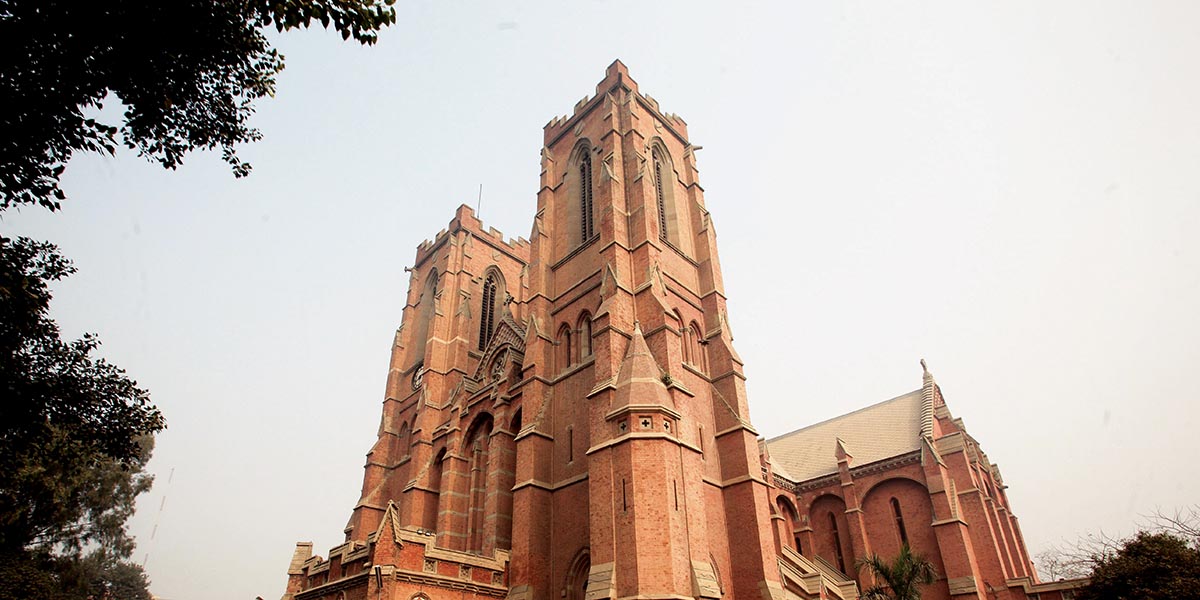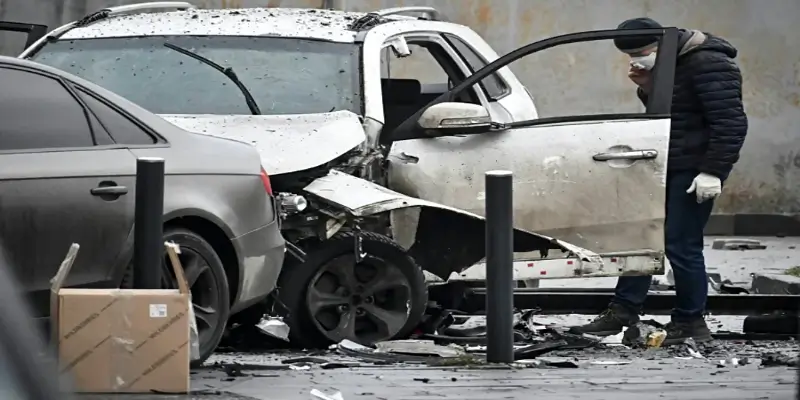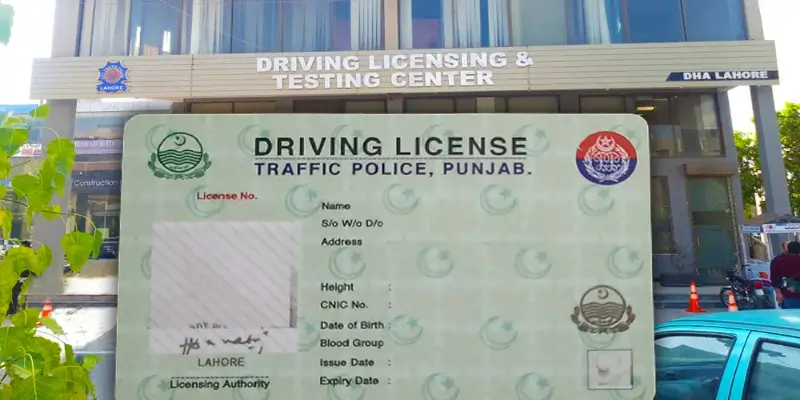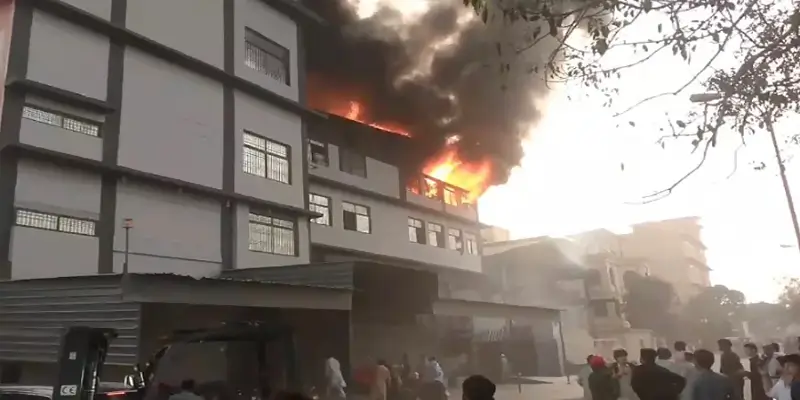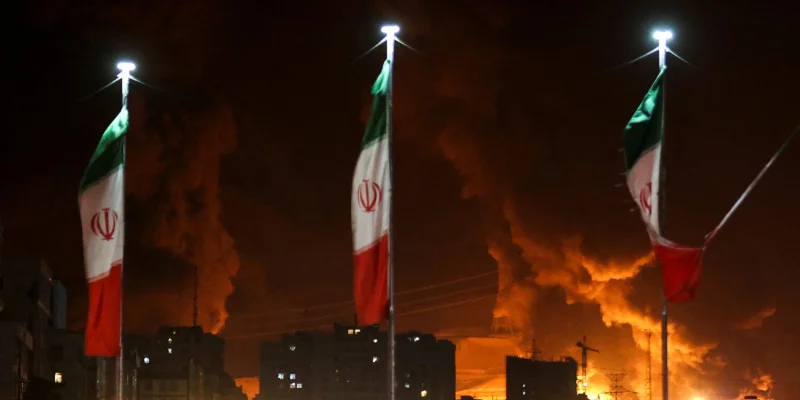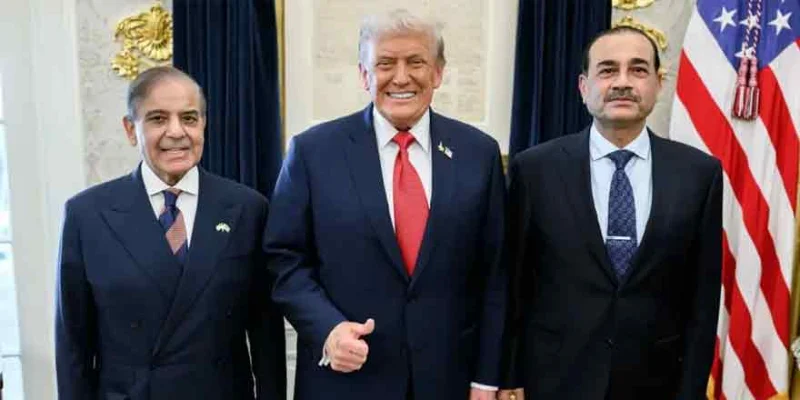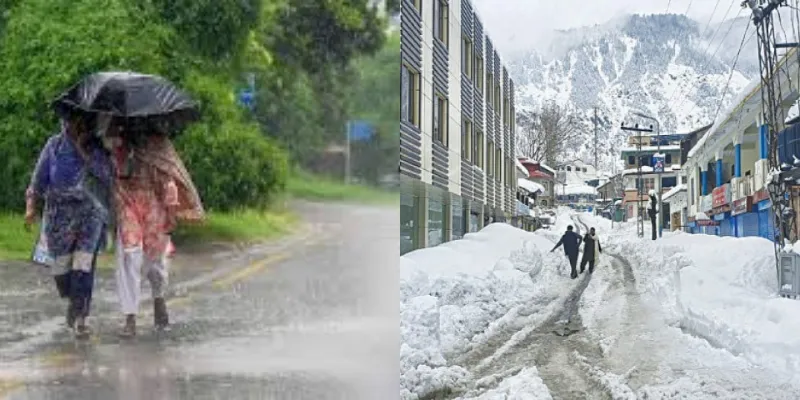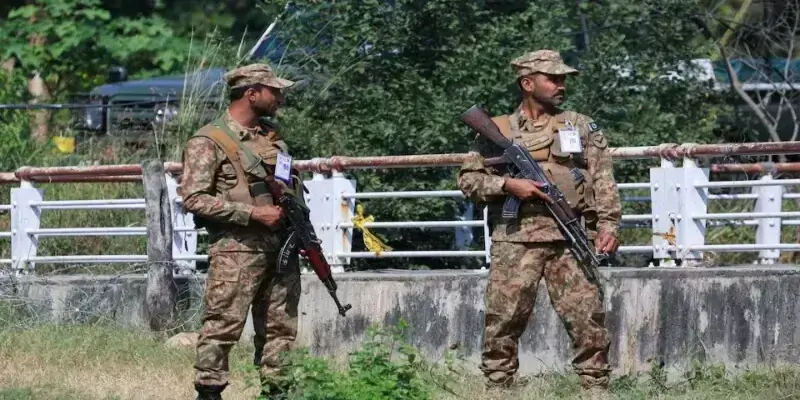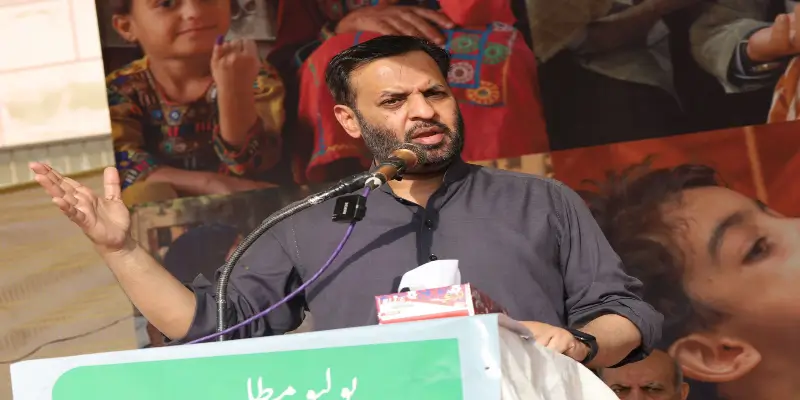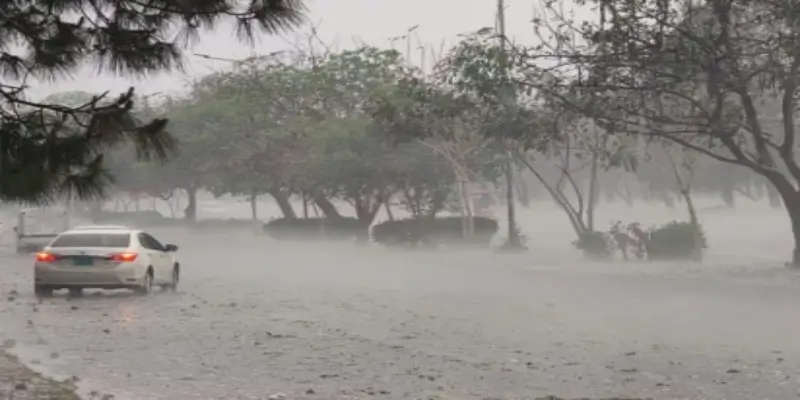LAHORE: The Walled City of Lahore Authority (WCLA) was established in 2012 and is known for restoration and preservation of some of the historical monuments of the Punjab capital. These include Shahi Hammam, Lahore Fort as well as other historical monuments and sites across the country.
The WCLA has been recently assigned by the Auqaf and Human Rights and Minorities Affairs Departments the task to conserve 10 shrines, one temple and eight churches in different parts of Punjab.
The shrines to be conserved include Darbar Baba Fariduddin Ganj Shakar (Pakpattan), shrine of Hazrat Mian Mir, shrine of Shah Husain, shrine of Madhu Lal Hussain, tomb of Bahauddin Zakariya, tomb of Shah Rukn-e-Alam, shrine of Hazrat Shah Shams Tabrez, shrine of Hazrat Bibi Pak Daman and shrine of Hazrat Khawaja Ghulam Fareed (Kot Mithan).
The churches and a temple short-listed for conservation are Shivala Mandir (Sialkot), Saint Francis Assisi Sahowala (Sialkot), and Presbyterian Church Nicholson Road Lahore, St Mary the Virgin Cathedral Church (Multan), Christ Church (Okara), Christ Church (Rawalpindi), St Joseph Catholic Cathedral Church (Rawalpindi), Sacred Heart Cathedral Church (Lahore) and Cathedral Church of The Resurrection (Lahore).
Historic temple
Shivala Temple was built by Sardar Teja Singh and is dedicated to Hindu deity Shiva in Sialkot. Pilgrims climb a steep staircase to reach the temple. The Evacuee Trust Property Board, which looks after the holy places of minorities in Pakistan, has opened Shivala Teja Singh temple after partition on the demand of the local Hindu community.
The temple was partially damaged during attacks after the 1992 Babri Mosque incident. In 2015, local Hindu leaders urged the government to ensure the early repairing of the crumbling building of Shivala Teja Singh temple. Speaking to Bol News, WCLA conservation and planning director Najam Us Saqib said that they have initiated the conservation work at the Shivala Mandir and the estimated cost of this project is Rs24.73 million. “The funds have already been released for this project.”
The scope of work for the exterior of the temple includes the consolidation of structure, fresco work, removal of vegetation, plasterwork, flooring, illumination, seepage treatment, plinth protection and interior scope of work at the temple includes fresco work, plasterwork, flooring, illumination and electric work and seepage treatment, he added. He also said that 40 per cent of the work on this temple (3D scanning, sand blasting, vaulted roof, fresco and lime plaster) has been completed. “Pakka Kali, facade treatment and woodwork are in progress,” Saqib maintained.
Eight churches
Saqib told Bol News that 60pc of work is completed at St Francis Assisi Sahowala Sialkot which includes documentation (3D scanning), sand blasting, chemical treatment, plinth protection, surface rendering and roof treatment. “Facade treatment and woodwork is in progress. The total estimated cost of this project is Rs24.88m which has been released by the Punjab government.”
He highlighted that 40pc work at St Mary the Virgin Cathedral Church Multan has been completed which includes sand blasting, plinth protection and new wooden benches. Facade treatment and woodwork is in progress at the moment. “The total cost of this project is Rs39.97m which has been released by the government.”
While sharing the details about the conservation and restoration work at Presbyterian Church Nicholson Road Lahore, Saqib stated that 20pc work is completed and street surfacing, roof treatment, flooring and woodwork are in progress at the moment.
He explained that the scope of work included plinth protection, facade work, water proofing, inside repair work, roof repairing, illumination and parking area with the cost of Rs25.07m, which was already released by the government.
He revealed that in the first phase at Sacred Heart Cathedral Church Lahore WCLA completed the facade treatment, roof treatment, illumination and wooden furniture polishing and repairing whereas in the second phase the work in progress includes, street surfacing, public toilets, woodwork and restoring fountain and old bell. “Around 85pc of this project is completed and the total cost for phase two is Rs15.17m.”
Shedding light on the conservation and restoration works at Cathedral Church of The Resurrection Lahore, the WCLA conservation director maintained that 80pc work has been completed which includes facade work, illumination and roof treatment. “Public toilets, street surfacing and minor repair work are pending. The total cost of this project is Rs13.73m. All these projects will be completed during the 2022-23 period depending on the scope of work.”
Minorities’ issues
Asher John, a Lahore-based senior journalist who covers minority-related issues, told Bol News that the government’s decision to conserve minority worship places is a good step. “But I think it should focus more on introducing legislation that protects religious minorities.”
He added that the other issues that need the government’s attention include the return of the missionary educational institutes that were nationalised in the 1970s and the protection of communal properties that have been persistently targeted by the land mafia.
Partially agreeing with John, activist and journalist Adeel Daniel Gill said, “It is a much-needed initiative that has been taken by the WCLA. Many of the churches are in deteriorating condition. Preservation and conservation of churches will play a vital role in securing the heritage.”
Shrines
Moreover, the WCLA is also carrying out the restoration work at Darbar Baba Fariduddin Ganj Shakar Pakpattan with the cost of Rs32.89m, shrine of Hazrat Mian Mir, shrine of Shah Husain, shrine of Madhu Lal Hussain and Barkat Ali Islamia Hall with the collective cost of Rs100m.
Whereas, the conservation projects in south Punjab include tomb of Bahauddin Zakariya, tomb of Shah Rukn-e-Alam, shrine Hazrat Shah Shams Tabrez, shrine of Hazrat Bibi Pak Daman and shrine of Hazrat Khawaja Ghulam Fareed, Kot Mithan at a cost of Rs100m. Speaking to Bol News, WCLA Director General (DG) Kamran Lashari said that the conservation and restoration works have started on these shrines, churches and temples.
“Apart from the Muslim shrines, eight churches and one temple where restoration work has started are spread all over Punjab. You can say this is a renewed interest on the part of the government to look after its religious heritage. It is not just confined to Islamic heritage but also those of minorities.”
The WCLA DG maintained that it also needs to be projected that we are ‘minority-friendly’. “It is a very good and welcome move that a similar amount of money is being spent to protect and conserve the religious minorities’ sites. The project is much-needed and will help the government preserve the shrines under the Auqaf Department through WCLA.”
These shrines in south Punjab are frequented by families from all over Pakistan, said Ahsan Raza, a journalist from south Punjab working in Lahore.
“If one visits Darbar Baba Fariduddin Ganj Shakar in Pakpattan, shrines of Mian Mir, Shah Husain and Madhu Lal Hussain in Lahore, tombs of Bahauddin Zakariya, Shah Rukn-e-Alam, and Hazrat Shah Shams in Lahore, Hazrat Bibi Pak Daman and shrine of Hazrat Khawaja Ghulam Fareed, Kot Mithan, these places are always crowded,” he observed.
“Under Auqaf department, these were neglected and their preservation was always a task. The Walled City Authority works along scientific lines and can improve these places.”
He also appreciated the inclusion of churches and temples for conservation. “The authority should extend its scope to the buildings of educational institutes and railway stations built in the last century,” he urged.
Speaking to Bol News, Dr Hassan Shehzad, assistant professor at International Islamic University Islamabad (IIUI) said that it is a good decision that WCLA has been given the task to conserve shrines and some churches in different cities of Punjab.
“The WCLA DG, known for his ‘monumentalisation’ of Islamabad during the Musharraf regime, has vowed to complete the task in a given time in a befitting manner. It means a lot,” Dr Shehzad said while adding that Norway has been praising the WCLA projects and its outgoing ambassador was a frequent visitor to Lahore.
Similarly, ambassadors of the European Union reportedly visit shrines and churches and meet their keepers to give a message of religious harmony. Dr Shehzad explained that the importance of shrines and churches has increased manifold as they are considered a symbol of peace and tolerance.
However, it is also a fact that while some shrines have been selected for conservation, others have been left unattended.
For example in Punjab, Uch Sharif houses many sacred shrines. But these shrines have been left at the mercy of controversial and dubious politicians, he asserted. “Land of the shrine of Ameeran Sain in Alipur close to Uch Sharif is being claimed by land grabbers. Silence of provincial authorities on this sensitive matter can lead to a conflict,” he noted.
For Dr Shehzad, the issue is that politicians value some shrines and ignore others. “The incumbent prime minister himself is regarded as a disciple of Pakpattan shrine. Former prime minister Nawaz Sharif used to stand in reverence at Data Darbar. His predecessor, the late Benazir Bhutto, had a history of respect for many shrines, including Shahbaz Qalandar and Abdullah Shah Ghazi.”
Let us hope that all shrines shall be marked out for conservation and a policy is developed to regulate them, he concluded.

Restoration vs preservation
Dr Tahir Abbas Naqvi, a London-based doctor, who is a frequent visitor to Lahore’s Bibi Pak Daman and other holy shrines said that historical sites due to weather and geological effects deteriorate in both structure and appearance with the passage of time. “Yes, we could rebuild these to look as these were in the original arrangements but that would require removing later additions which have cropped up with time.”
And even then, we would miss out on older features as they went well with the older times but would not fit well with current habitat ie transportation and number of visitors these may attract, he added. “It’s best to touch up and restore some of the original features. I would suggest all necessary repairs to prevent further decay; but not reconstruction as has been carried out in other places where the old streets and homes have been demolished and lost forever,” Dr Naqvi stated.
However in Damascus, we still find ruins of significant religious and historical nature preserved within the old city, he observed.

